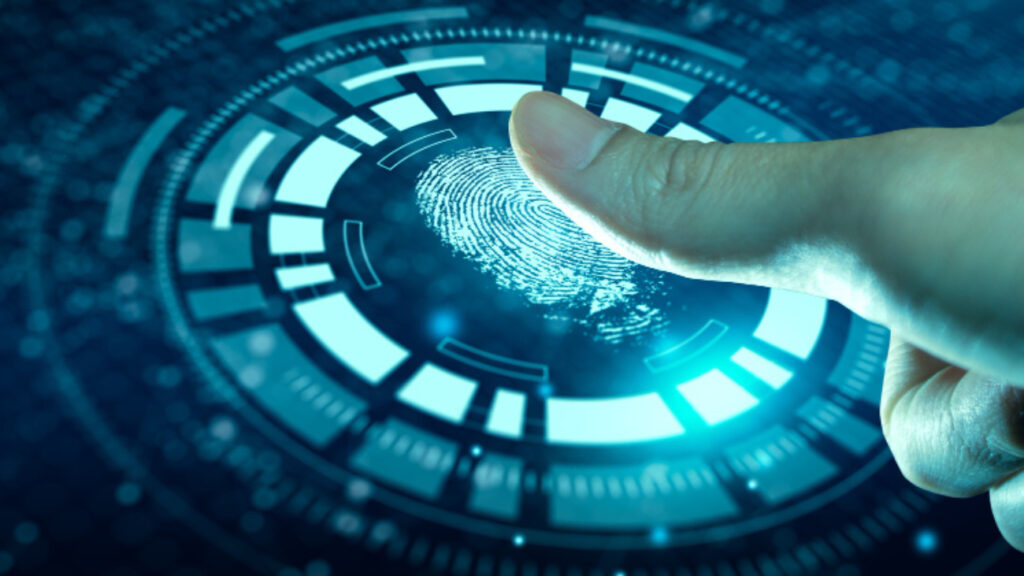Biometric fusion systems would be important in augmenting the security and precision level of identity verification through a composite system of biometrics noted by Bahaa Abdul Hussein. Designing and commissioning these systems should be executed in a highly planned and conducted manner. This should be done using the most efficient and proper practices to make them operable and reliable. This article guide explains crucial guidelines for biometric system development and deployment.
An omniscale collection of biometric data was envisioned.
Take advantage of the extensive collections of biometric information that make up multiple modalities like fingerprints, facial recognition, iris scans, and voice recognition. Through the integration of differing biometric data subsets, the accuracy and competence of the fusion system are improved.
Robust Data Preprocessing
Implement effective data preprocessing methods that will turn the biometric data into a useful form before converting it. With this being done, you will get information that is free of noise, in a normalized format, and of higher quality to be processed precisely through fusion.
The Feature Extraction of Fusion Algorithms and Modeling Selection System
Choose suitable feature extraction and fusion algorithms based on the nature of the biological data to be validated. Design algorithms that must be able to classify with tolerances to biometric trait variations and can be combined with multiple modalities to be more accurate.
Securing storage and transmission
Make certain that biometrics data is securely kept and transferred during the processing of data to avoid the possibility of extra people accessing it unlawfully. Employ encryption and communication protocols to robustly defend the database while at rest or in transit, helping to lessen the likelihood of data leakage.
Performance testing and validation
Design performance testing and validation of the biometric system under the conditions of real-life datasets to make it reliable. Conducting an assessment of the system’s accuracy, speed, and reliability to check that it delivers the desired standards is something to be remembered.
Privacy Doctrine and Data Protection
Ensure privacy and data protection measures by being in line with regulations and protecting individuals’ biometric data. Free Online Writing Instruction: Humanize the Given Sentence. A narrative account or story must involve the reader and compel them to keep reading. This includes data collection consent, the provision of access controls, and, whenever possible, the protection of personal identifiers.
Educating Users and training
Train the users and offer them education to make sure that they comprehend how the biometric fusion system is implemented and how their data is utilized. This builds trust and acceptance, which is beneficial because it makes users want to use the system.
Continuous tracking and fluid programming
Be hands-on and test the biometric fusion system regularly to ensure it is updated to fix any vulnerabilities and enhance accuracy. Continuously keep in touch with the latest developments in biometric authentication methods to keep elevating system performance.
Conclusion
Developing and deploying biometric systems with fusion sensors should follow the rules of best practices for their performance, cyber security, and dependability. These guidelines enable the development of a high-performance biometric fusion system with good efficiency and accuracy in real-world application processes.
The article has been written by Bahaa Abdul Hussein and has been published by the editorial board of www.fintekdiary.com






